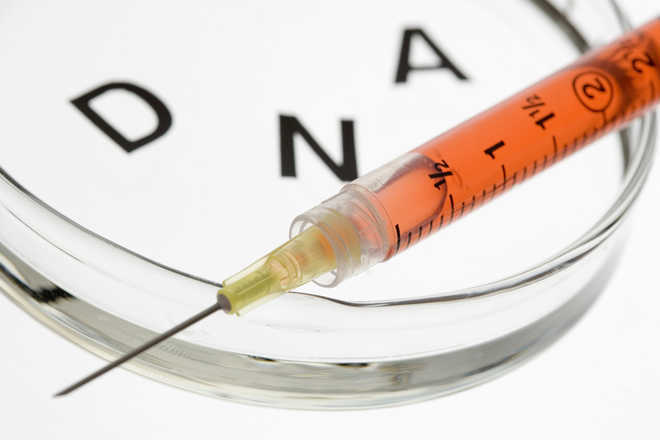Washington
Scientists have discovered a new way that cells use to fix a dangerous type of DNA damage caused by cancer treatment.
A team led by researchers at the National Institutes of Health (NIH) in the US found that a protein named ZATT could eliminate DNA-protein crosslink (DPC) with the help of another protein, TDP2.
Since DPCs form when individuals receive some types of cancer treatments, understanding how TDP2 and ZATT work together to repair the damage may improve the health outcomes of cancer patients.
Researchers knew that TDP2 was important for removing DPCs, but they did not know how it was directed to where it needed to work, said Scott Williams, from National Institute of Environmental Health Sciences (NIEHS), part of NIH.
Williams and his team used a multi-pronged approach to identify ZATT as a new contributor to this process and determine how it guides TDP2 to DPCs so they can be repaired.
When DNA becomes tangled inside of cells, organisms use a protein called topoisomerase 2 (TOP2) to untangle it, said Matthew Schellenberg, an NIEHS visiting fellow and lead author on the research published in the journal Science.
“Imagine your DNA is a giant ball of yarn. TOP2 cuts and reties individual threads to disentangle the ball,” said Schellenberg.
TOP2 normally conceals its cut DNA ends within the core of the TOP2 protein that encircles DNA, he said.
Doing so ensures the protein can complete the second part of its job, which is rejoining DNA ends.
However, chemotherapeutic drugs or environmental chemicals sometimes block the protein’s DNA-retying ability, so that TOP2 remains stuck on DNA.
This situation creates a stable TOP2-DPC complex, which leads to the accumulation of severed DNA that kills cells.
Williams likened TOP2-DPCs to ticking time bombs for cells. He said these molecular charges are armed by TOP2’s interaction with environmental toxicants, chemical metabolites, tobacco exposures, or DNA damage caused by ultraviolet light.
He added that TOP2-DPCs are most potently formed by pharmaceutical drugs that humans exploit to eradicate cancer cells, making TOP2-DPCs double-edged swords. If they are not removed, they trigger cell death.
While cancer drugs induce formation of TOP2-DPCs to treat cancer, TOP2-DPC lesions can also be the source of disease, as they can cause rearrangement of an organism’s genome that leads to cancer.




 Driving Naari Programme launched in Chandigarh
Driving Naari Programme launched in Chandigarh































